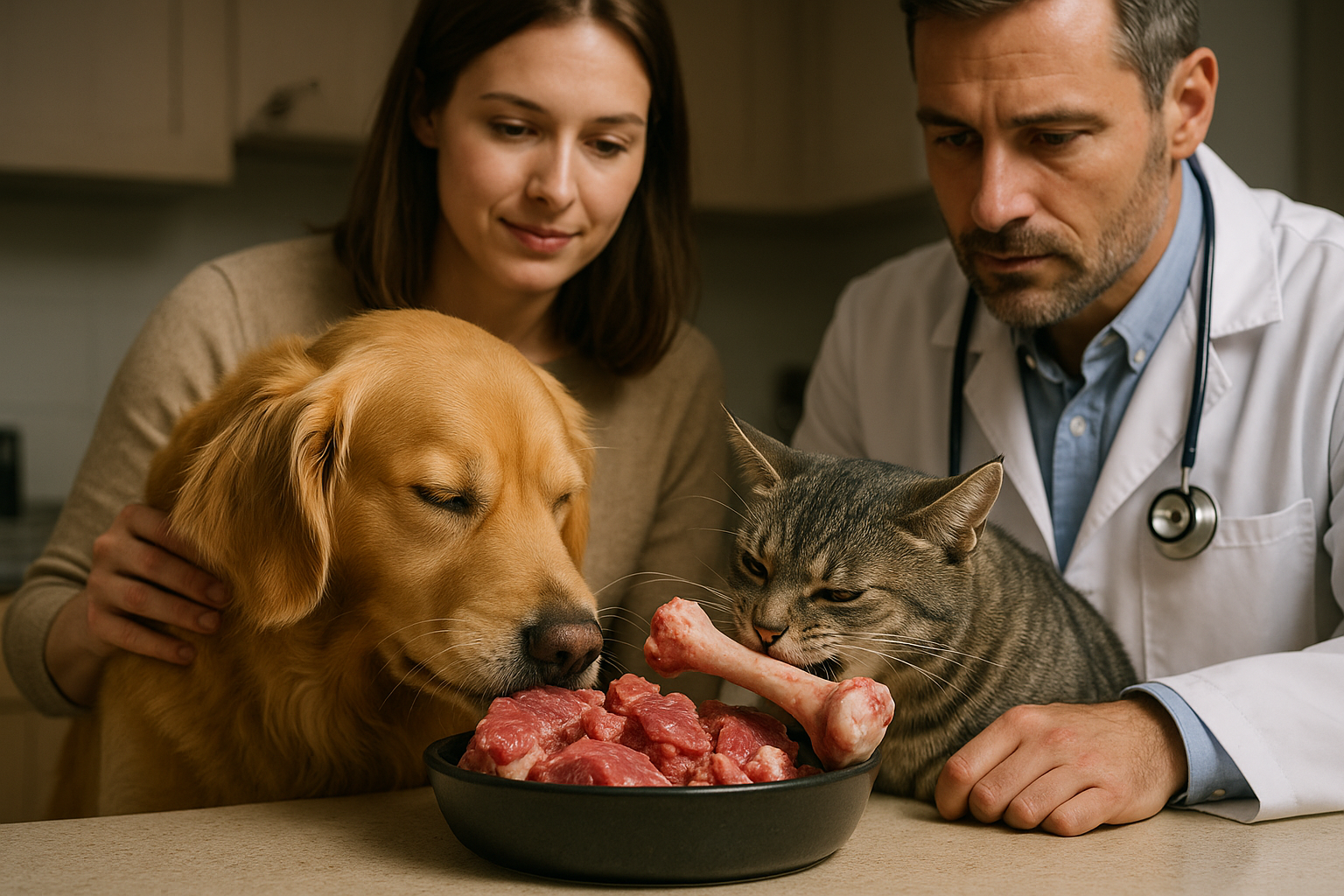Rethinking Pet Nutrition: The Emergence of Raw Food Diets
In recent years, raw food diets for pets have been gaining attention. This trend, while controversial, has some pet owners swearing by its benefits. This article delves into the history of pet nutrition, the emergence of raw food diets, current news around this topic, and the market impact of this trend.

A Brief History of Pet Nutrition
Pet nutrition has evolved significantly over the centuries. In ancient times, domesticated dogs and cats were often fed leftover scraps from human meals. It wasn’t until the 19th century that commercial pet food began to emerge, with James Spratt’s invention of the first dog biscuit in the 1860s. The 20th century saw the rise of canned and dry pet food, marketed for their convenience and nutritional completeness.
The Emergence of Raw Food Diets
Raw food diets, also known as Biologically Appropriate Raw Food (BARF) diets, emerged in the late 20th century. Australian veterinarian Ian Billinghurst proposed this diet in the 1990s, based on the idea that domesticated dogs and cats should eat a diet similar to that of their wild ancestors.
A typical raw food diet includes raw meat, bones, fruits, vegetables, and dairy products. Proponents of this diet argue that it leads to shinier coats, healthier skin, cleaner teeth, and higher energy levels in pets.
Current News and Controversies
While many pet owners vouch for the benefits of raw food diets, the practice is not without controversy. Organizations like the American Veterinary Medical Association (AVMA) and the U.S. Food and Drug Administration (FDA) have expressed concerns about the potential for bacterial contamination in raw meat, which could pose health risks to both pets and their owners.
Furthermore, critics argue that raw diets may not provide a balanced nutrition for pets, potentially leading to deficiencies or excesses of certain nutrients.
Market Impact and Price Range
Despite the controversies, the raw pet food market has experienced significant growth in recent years. The global raw pet food market was valued at $2.1 billion in 2020 and is expected to grow at a compound annual growth rate (CAGR) of 9.1% from 2021 to 2028.
Raw food diets can be more expensive than traditional pet food. A month’s supply of raw food for a medium-sized dog can cost anywhere from $100 to $200, depending on the brand and the specific diet.
Concluding Thoughts
As with any pet care decision, it’s crucial for pet owners to thoroughly research and consult with a trusted veterinarian before switching their pet to a raw food diet. While this trend may not be the right choice for every pet, it’s an important development in the ever-evolving field of pet nutrition.
In conclusion, the emergence of raw food diets highlights the ongoing evolution of pet nutrition and the growing desire of pet owners to provide the best possible care for their furry friends. Despite the controversies surrounding this trend, its growing market presence indicates that it’s a topic worth keeping an eye on.






